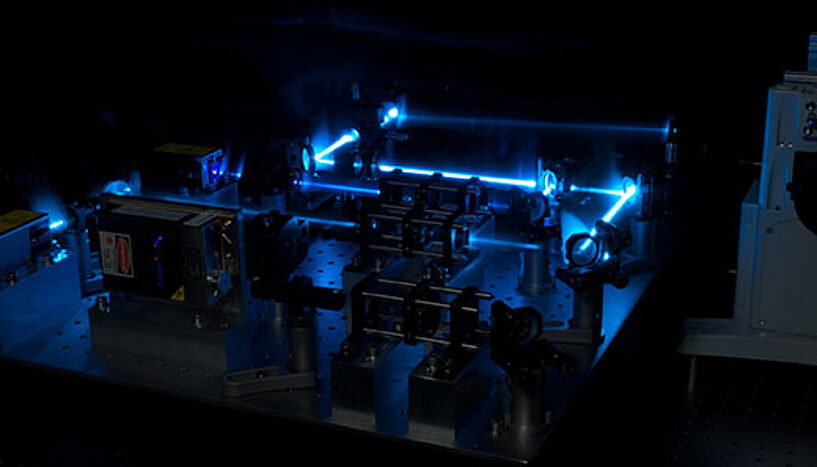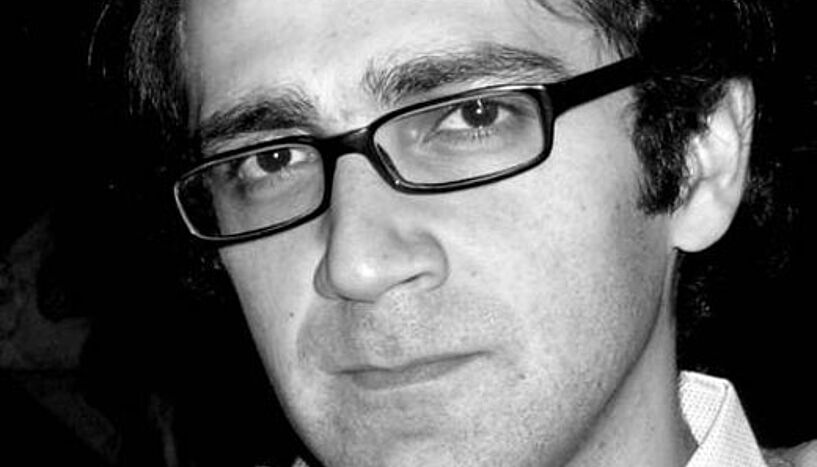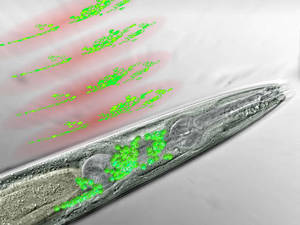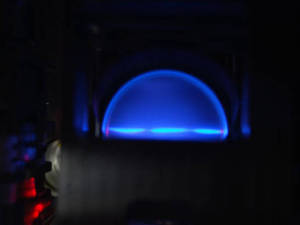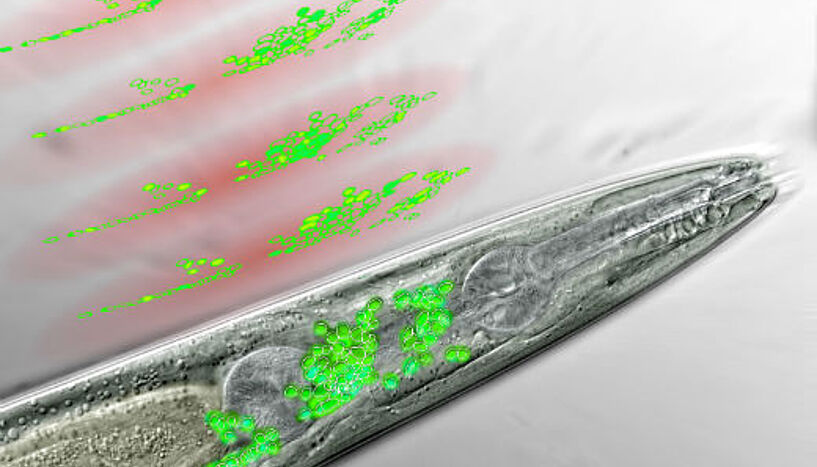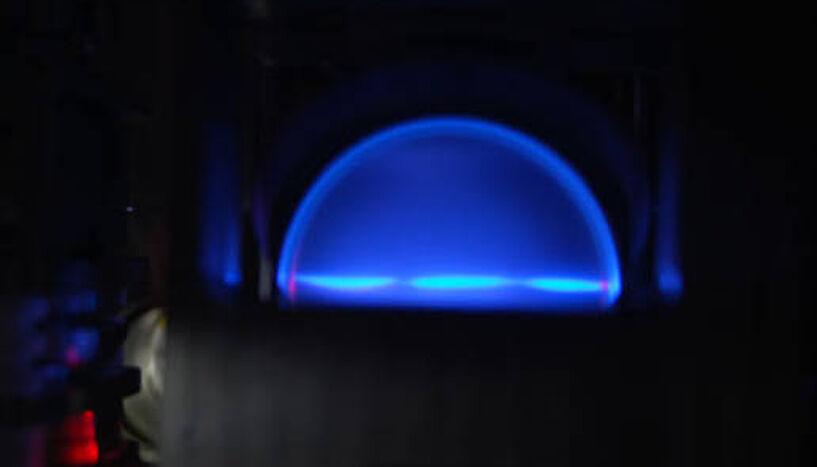Cutting edge Nano-Quantum research
| 11. November 2013The Research Platform "Quantum Phenomena and Nanoscale Biological Systems" of the University Vienna, headed by Alipasha Vaziri, connects the two highly topical and promising scientific areas of quantum phenomena and nanotechnology in biological systems.
It still remains open if a discovery made by scientist of the University of California (Berkeley) a few years ago will go down in history. Nevertheless, it greatly excited the expert community: In 2007, the U.S. researchers stated for the first time that the enigmatic process of quantum superposition – a particle can occupy all of its possible quantum states simultaneously – also exists in plants. The experiments raised the question if plants use quantum superposition during photosynthesis to transport energy for electrochemical processes with high efficiency.
"For a long time, the general assumption was that quantum phenomena cannot survive in biological matter, in other words at room temperature and under the influence of strong interactions with the environment", explains physicist Alipasha Vaziri, who is doing research about physical processes in biological systems at the University of Vienna (Max F. Perutz Laboratories) and at the Research Institute of Molecular Pathology (IMP). He has been heading the Research Platform "Quantum Phenomena and Nanoscale Biological Systems" (QuNaBioS) since spring 2012.
Revolution of quantum research
The new discovery – that quantum phenomena in or with biological matter persist for longer than initially expected – and the fact that methods of biology become increasingly important in quantum physics, opens up a new field of research: the combination of quantum physics and biology. This is the basis of the new research platform, where not only two disciplines, but also the Campus Vienna Biocenter and the Faculty of Physics meet: Vaziri's scientific partner and deputy head of the research platform is Quantum Physicist and Wittgenstein-Awardee Markus Arndt of the Faculty of Physics.
The researchers pursue two highly topical questions: If and to which extent are quantum phenomena relevant to biological functions? And how can new measurement processes for nanobiological matter be developed with the help of quantum physics?
The two top-level researchers complement each other perfectly: By taking a closer look at biomolecules and proteins, Markus Arndt explores the extent to which quanta can be applied not only in the nano range, but also in the macro range. Quantum optics scientist Alipasha Vaziri has the necessary experience in biology and new methods that he developed during his time as a researcher in the USA.
International networks
Alipasha Vaziri not only brought the knowledge of new quantum-optical methods and techniques in the field of imaging from the USA, but he also has top-class international contacts there. After having completed his PhD-thesis "Quantum experiments using higher dimensional entangled photon states with singularities" in Anton Zeilinger’s lab, Vaziri did his research in ultracold atomic physics in the group of Nobel laureate William D. Philips at the National Institute for Standards and Technology (NIST) in Maryland. He then concentrated on the development of new imaging techniques at the Janelia Farm Research Campus of the Howard Hughes Medical Institute in Virginia. He has also maintained close contacts with his former colleagues at the Massachusetts Institute of Technology (MIT) in Cambridge (USA), where he stayed as a guest researcher.
Between physics and biology
Vaziri returned to the University of Vienna in spring 2011, however not to join his former Faculty of Physics, but to the Campus Vienna Biocenter. The campus offers the opportunity to put his two research foci at the interface between physics and biology into practice.
"And there is still much to discover in this field", says Vaziri. "The research area has the potential to change our current understanding of some areas of biology and maybe even of quantum physics." The first aim of the three-year research platform is to apply Markus Arndt's and Alipasha Vaziri's new methods in quantum optics and other imaging-techniques and to develop them further. (Text: Theresa Dirtl/ Translation: Lilly Sommer)
The three-year Research Platform "Quantum Phenomena and Nanoscale Biological Systems" started in March 2013 and is headed by Ass.-Prof. Mag. Dr. Alipasha Vaziri, Centre for Molecular Biology (University of Vienna . Deputy head is Univ.-Prof. Dr. Markus Arndt, Faculty of Physics (University of Vienna).

